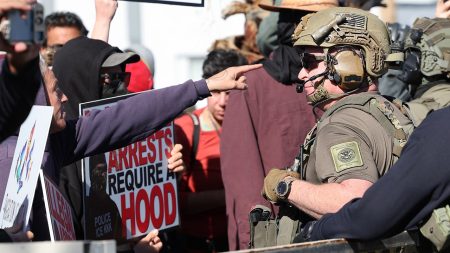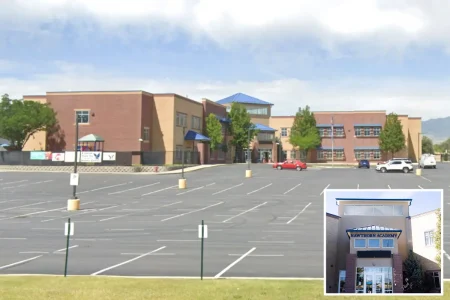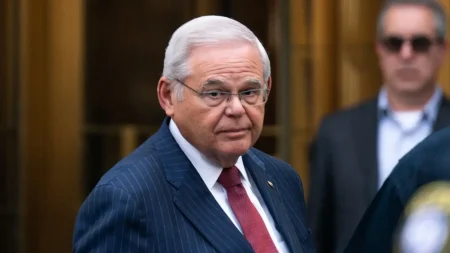Flight Delays at City Airports: A Human Story
The city’s skies became unexpectedly congested yesterday when telecommunications equipment failures led authorities to implement traffic slowdowns at both major airports. The technical issues, which emerged suddenly, forced air traffic controllers to reduce the normal flow of arrivals and departures as a safety precaution. For thousands of travelers, this meant extended wait times in terminals, on tarmacs, and ultimately adjustments to personal and professional plans. The ripple effects continued through Saturday, creating a challenging weekend for both the aviation system and those dependent on it.
Behind these delays were the stories of countless individuals affected in uniquely personal ways. Business travelers missed important meetings, families saw their vacation plans disrupted, and those traveling for special occasions worried about missing milestone events. Airport staff worked tirelessly to manage the growing crowds, offering what assistance they could while dealing with their own frustrations at a situation beyond their control. Airline employees faced the difficult task of delivering disappointing news to increasingly anxious passengers, while simultaneously trying to rebook flights and find solutions for those most severely impacted.
The telecommunications failure itself represented the increasing vulnerability of our interconnected transportation systems. What might once have been a minor technical glitch now cascaded into a major disruption, highlighting how dependent modern air travel has become on seamless communications technology. Engineers and technical specialists worked around the clock to identify and address the root causes, knowing that each passing hour meant more disruptions and more affected travelers. Their behind-the-scenes efforts, largely invisible to the frustrated public, were crucial in preventing an inconvenient situation from becoming something more serious.
For the city itself, the airport slowdowns created unexpected economic consequences. Hotels near the airports suddenly filled with stranded passengers, while restaurants stayed open later to accommodate the unusual influx of customers. Taxi and rideshare drivers saw increased demand, though many passengers were reluctant to leave the terminals for fear of missing updates on their delayed flights. Meanwhile, businesses expecting employees, clients, or shipments had to adapt to unexpected absences and delays, creating a subtle but significant economic ripple throughout the region.
Perhaps most telling were the human connections formed during the shared experience of disruption. Strangers in waiting areas became temporary communities, sharing phone chargers, taking turns watching each other’s belongings during brief breaks, and exchanging stories and contact information. Airport staff, despite being overwhelmed, found moments to offer personal touches of kindness – a coloring book for a restless child, a quiet space for an elderly traveler, or simply a sincere apology and update delivered with empathy. These small gestures, multiplied across thousands of interactions, helped maintain a sense of humanity amid the technological breakdown.
By Saturday afternoon, as systems gradually returned to normal operation, both airports began the complex process of clearing the backlog of delayed flights while maintaining regular schedules. The telecommunications issue ultimately proved fixable, though questions remained about preventing similar failures in the future. For many travelers, the experience served as a reminder of both the remarkable convenience of modern air travel and its occasional fragility. As the final delayed flights departed and the last affected passengers reached their destinations, the city’s air transportation system returned to its normal rhythm – until the next inevitable challenge would arise to test the resilience of both infrastructure and human patience.










